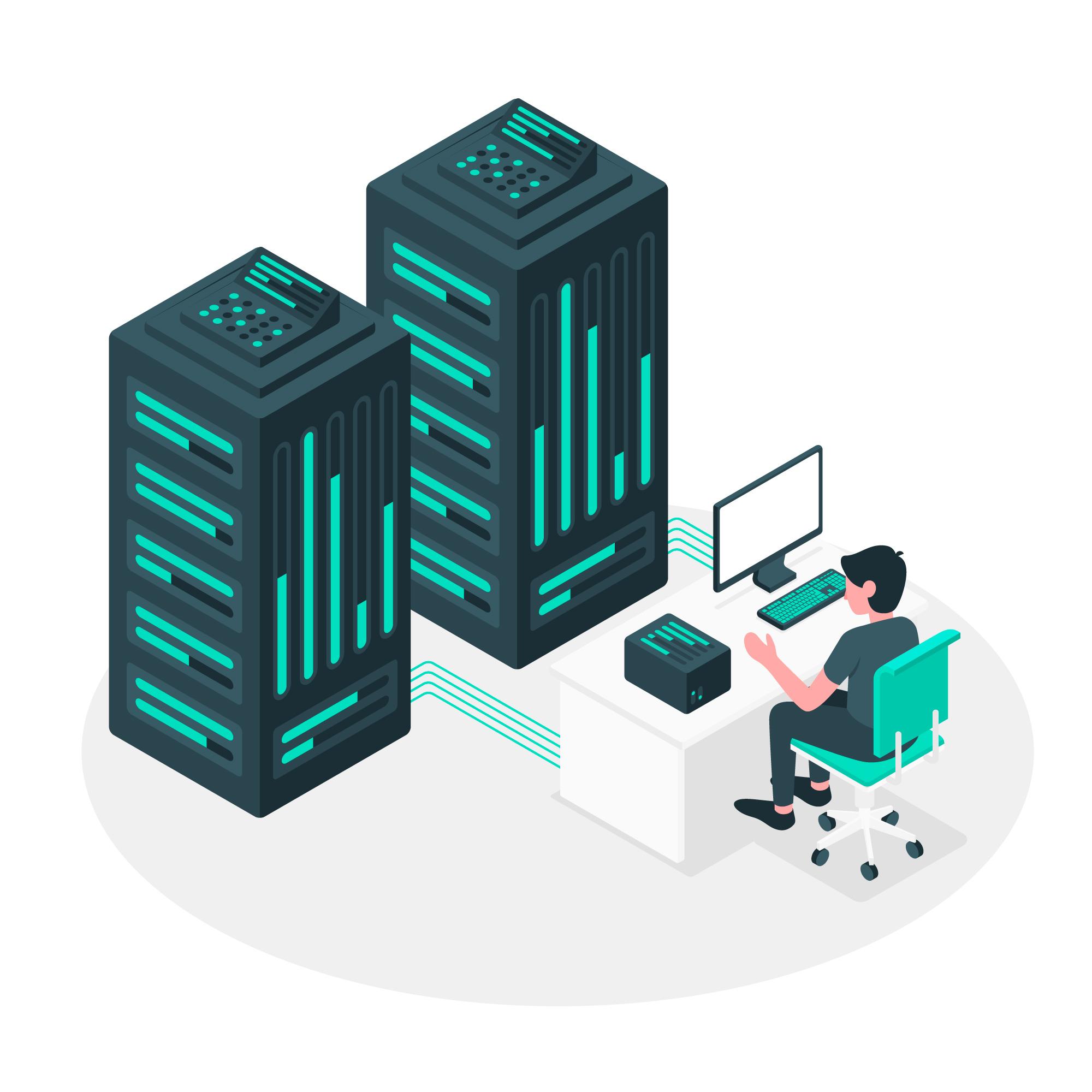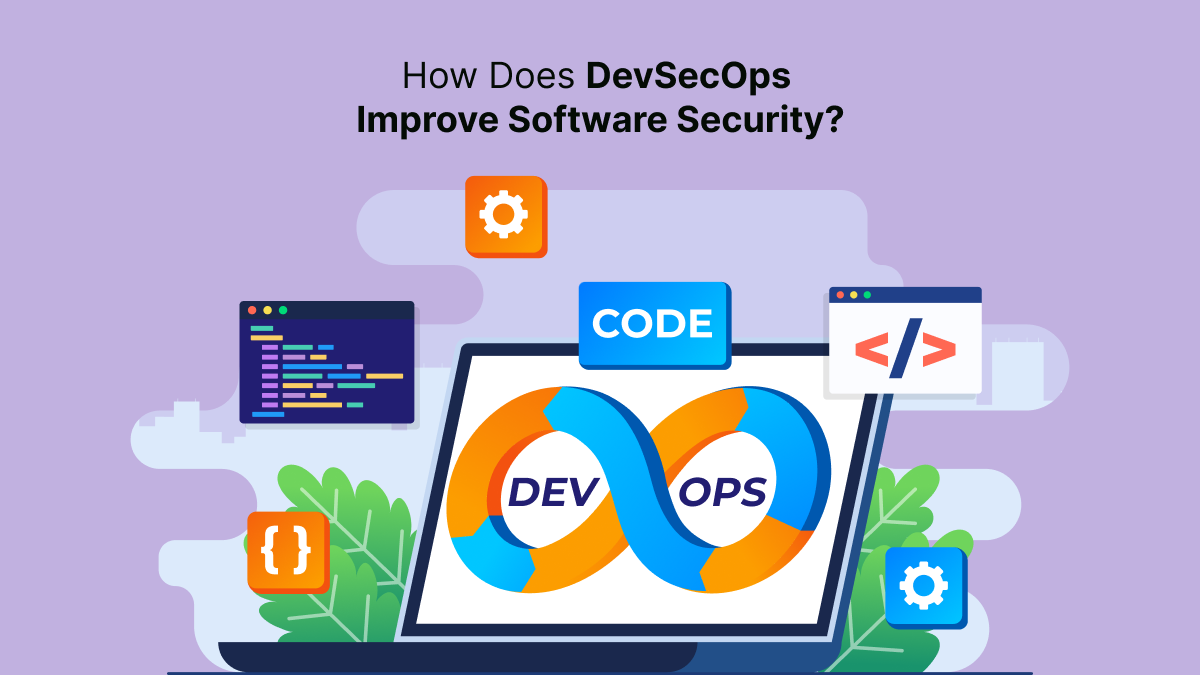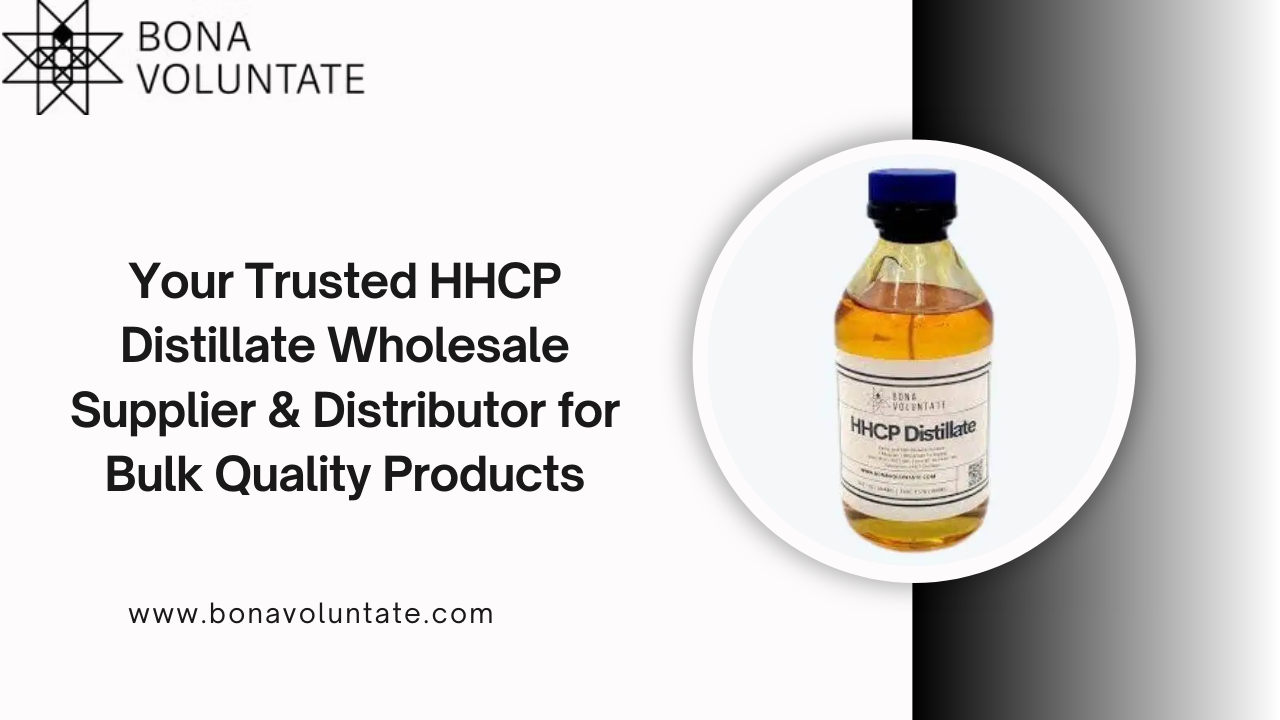In today’s fast-paced world of software development, security can no longer be an afterthought. The increasing number of cyber threats has made it essential for organizations to rethink how they build and secure their applications. This is where DevSecOps comes in. DevSecOps is a development practice that integrates security directly into every stage of the software development lifecycle. By embedding security from the start, teams can build safer and more resilient software.
In this blog, we will explore how DevSecOps improves software security, the benefits it brings, and why businesses should consider adopting this approach.
Understanding DevSecOps
What is DevSecOps?
DevSecOps stands for Development, Security, and Operations. It is a modern approach that integrates security practices into the DevOps process. Traditionally, security was only checked at the end of the development cycle, which often led to the discovery of vulnerabilities too late in the process. DevSecOps changes this by ensuring that security is a shared responsibility from the very beginning of development to the final deployment.
The Shift-Left Approach
DevSecOps promotes a shift-left approach, which means that security considerations are moved to the earlier phases of the development process. Instead of waiting until the software is complete to test for vulnerabilities, security is tested throughout the development lifecycle. This reduces risks and helps developers address issues immediately.

How DevSecOps Improves Software Security
Early Detection of Vulnerabilities
One of the most significant advantages of DevSecOps is the early detection of security vulnerabilities. By integrating automated security testing tools into the development pipeline, developers can identify risks as they write code. This proactive approach allows teams to fix issues before they escalate into more significant problems.
Continuous Security Testing
DevSecOps emphasizes continuous security testing. Automated tools such as static application security testing (SAST), dynamic application security testing (DAST), and software composition analysis (SCA) run consistently throughout the development process. These tools help identify code flaws, vulnerabilities in dependencies, and configuration issues in real-time.
Automated Security Checks
Automation plays a crucial role in DevSecOps. By automating security checks, teams ensure that every piece of code is scanned for potential threats without slowing down the development process. Automated checks help maintain consistency and reduce human error, making the software more secure.
Collaboration Between Teams
DevSecOps fosters collaboration between development, operations, and security teams. This collaboration ensures that security is not the sole responsibility of a separate team but is embedded into the workflow of every team member. Developers become more aware of security best practices, and security teams work closely with developers to address issues efficiently.
Secure Coding Practices
As part of the DevSecOps culture, developers are encouraged to follow secure coding practices. This includes writing code that is less prone to vulnerabilities, adhering to coding standards, and using secure libraries and frameworks. Training developers in secure coding is an essential component of improving overall software security.
Infrastructure as Code Security
DevSecOps also extends to infrastructure security. With the use of infrastructure as code (IaC), teams can automate the provisioning of cloud environments and servers. DevSecOps practices ensure that security policies are embedded within the IaC templates, reducing the risk of misconfigurations that could lead to security breaches.
Compliance and Regulatory Requirements
Many industries require compliance with specific security standards and regulations, such as GDPR, HIPAA, and PCI-DSS. DevSecOps helps organizations meet these requirements by integrating compliance checks into the development pipeline. This ensures that software products align with regulatory standards from the outset.
Threat Modeling
Threat modeling is another important aspect of DevSecOps. It involves identifying potential threats and vulnerabilities during the planning and design phases of software development. By anticipating threats early, teams can design more secure systems and implement necessary safeguards.
Monitoring and Incident Response
DevSecOps doesn’t end with deployment. Continuous monitoring of applications in production environments is essential to detect new vulnerabilities and threats. Monitoring tools can alert teams to unusual activity, allowing for a rapid response to potential security incidents. This ongoing vigilance ensures that applications remain secure over time.
Benefits of DevSecOps for Software Security
- Reduces the number of vulnerabilities in the final product
- Lowers the cost of fixing security issues by catching them early
- Ensures continuous compliance with industry regulations
- Improves collaboration between development, security, and operations teams
- Increases the overall security posture of the organization
- Builds trust with customers by delivering secure and reliable software
Implementing DevSecOps in Your Organization
Start with a Cultural Shift
Adopting DevSecOps requires a cultural shift within the organization. Security needs to be seen as a shared responsibility rather than a separate task. Training and workshops can help educate team members about the importance of security and how they can contribute.
Integrate Security Tools
Choose the right security tools to integrate into your CI/CD pipelines. Tools for static analysis, dynamic analysis, and dependency scanning are essential. These tools should seamlessly fit into your existing development workflows.
Foster Collaboration
Encourage regular communication and collaboration between developers, operations, and security teams. Cross-functional meetings and shared goals can help bridge the gap between these groups.
Automate Where Possible
Automate as many security checks as possible to ensure consistency and efficiency. Automation reduces the risk of human error and helps maintain security across every release.
Monitor Continuously
Implement monitoring tools to keep an eye on applications even after deployment. Continuous monitoring helps detect new threats and allows for quick incident response.
Conclusion
DevSecOps has transformed the way organizations approach software security. By embedding security into every stage of the development process, businesses can build more secure applications, reduce risks, and comply with regulations. The integration of automated tools, secure coding practices, and continuous monitoring ensures that software products are resilient against threats.
For companies looking to build secure and robust applications, partnering with an experienced clone app development company can make a significant difference. These companies have the expertise to implement DevSecOps practices effectively, ensuring that your software is both high-performing and secure.

FAQs
What is DevSecOps?
DevSecOps is an approach that integrates security practices into the DevOps process, ensuring that security is considered at every stage of software development.
How does DevSecOps improve software security?
DevSecOps improves security by enabling early detection of vulnerabilities, continuous testing, automated checks, and fostering collaboration between development, operations, and security teams.
What are the benefits of adopting DevSecOps?
Benefits include fewer vulnerabilities, reduced costs, continuous compliance, improved collaboration, and enhanced customer trust.
Can small businesses benefit from DevSecOps?
Yes, small businesses can benefit from DevSecOps by building secure applications efficiently and protecting sensitive data against cyber threats.
What tools are used in DevSecOps?
Common tools include static application security testing (SAST), dynamic application security testing (DAST), software composition analysis (SCA), and continuous monitoring solutions.



